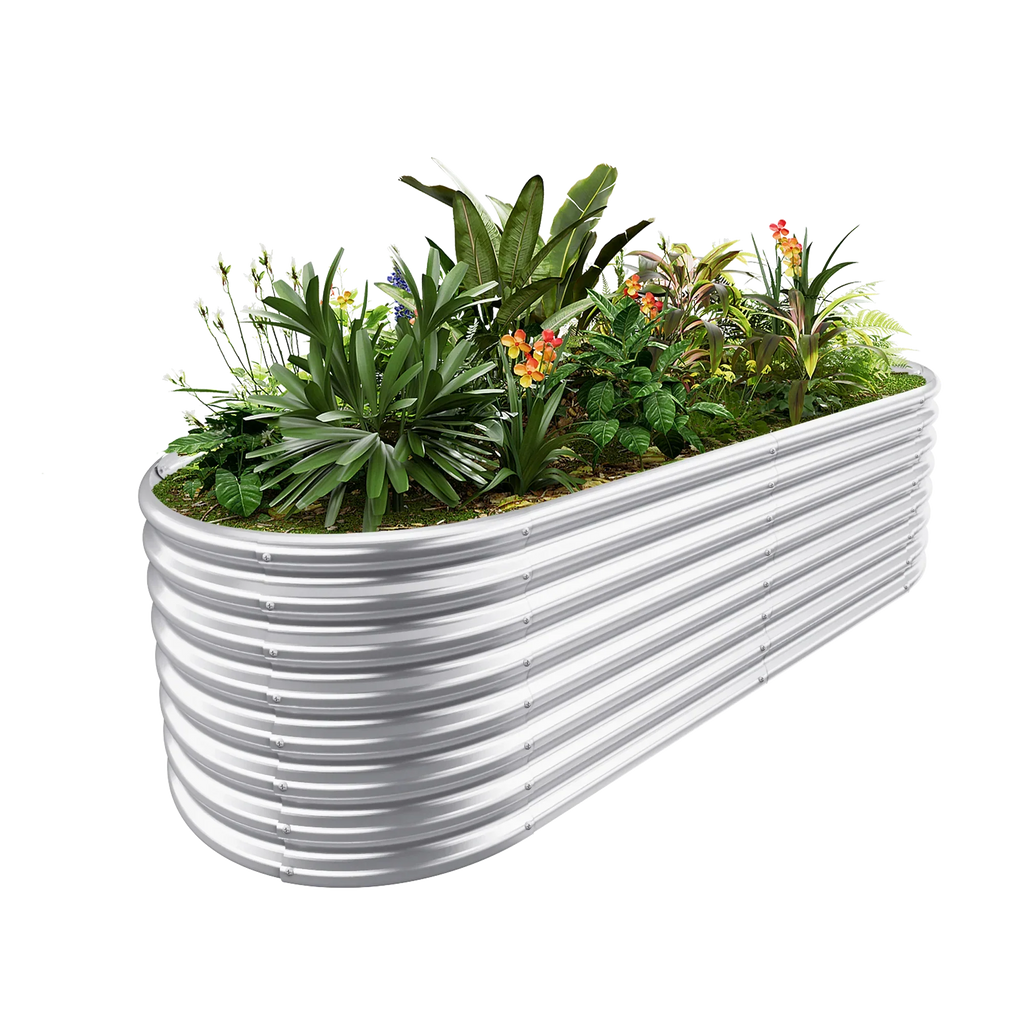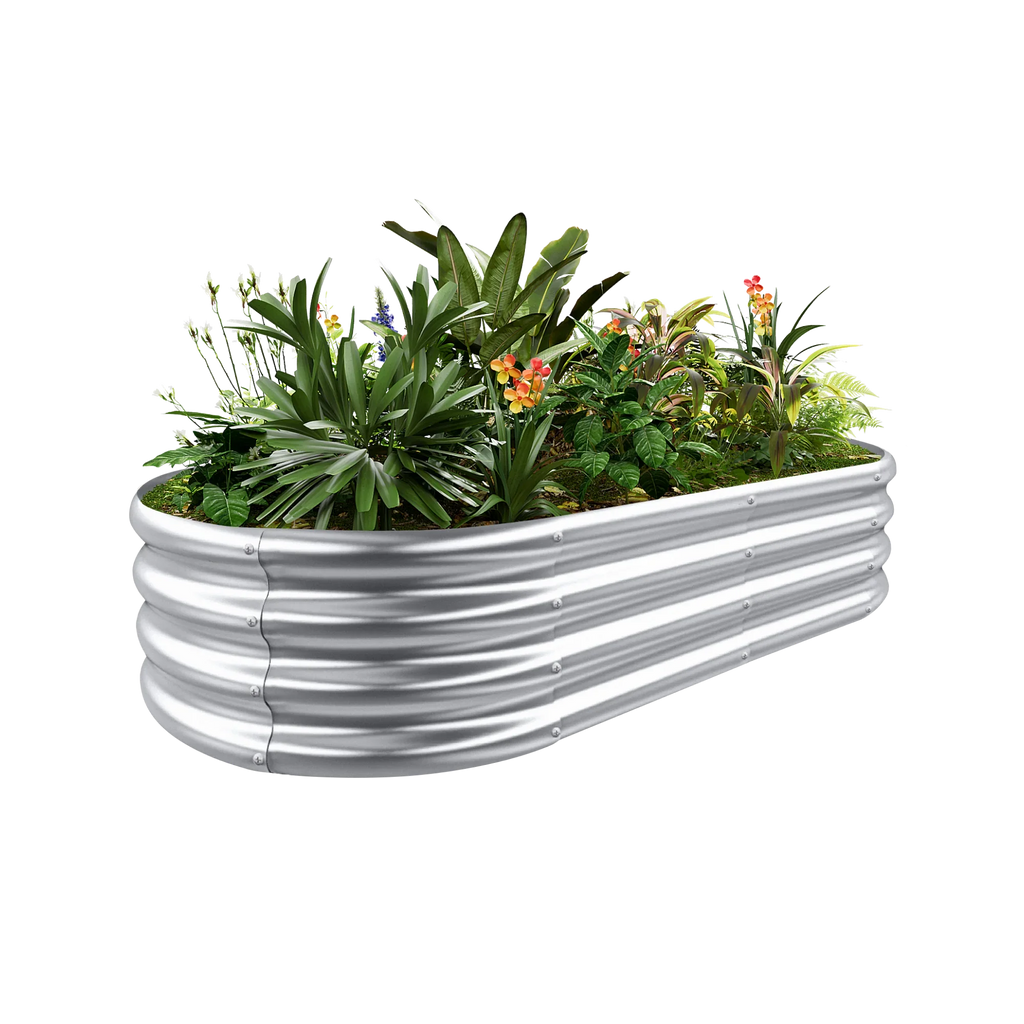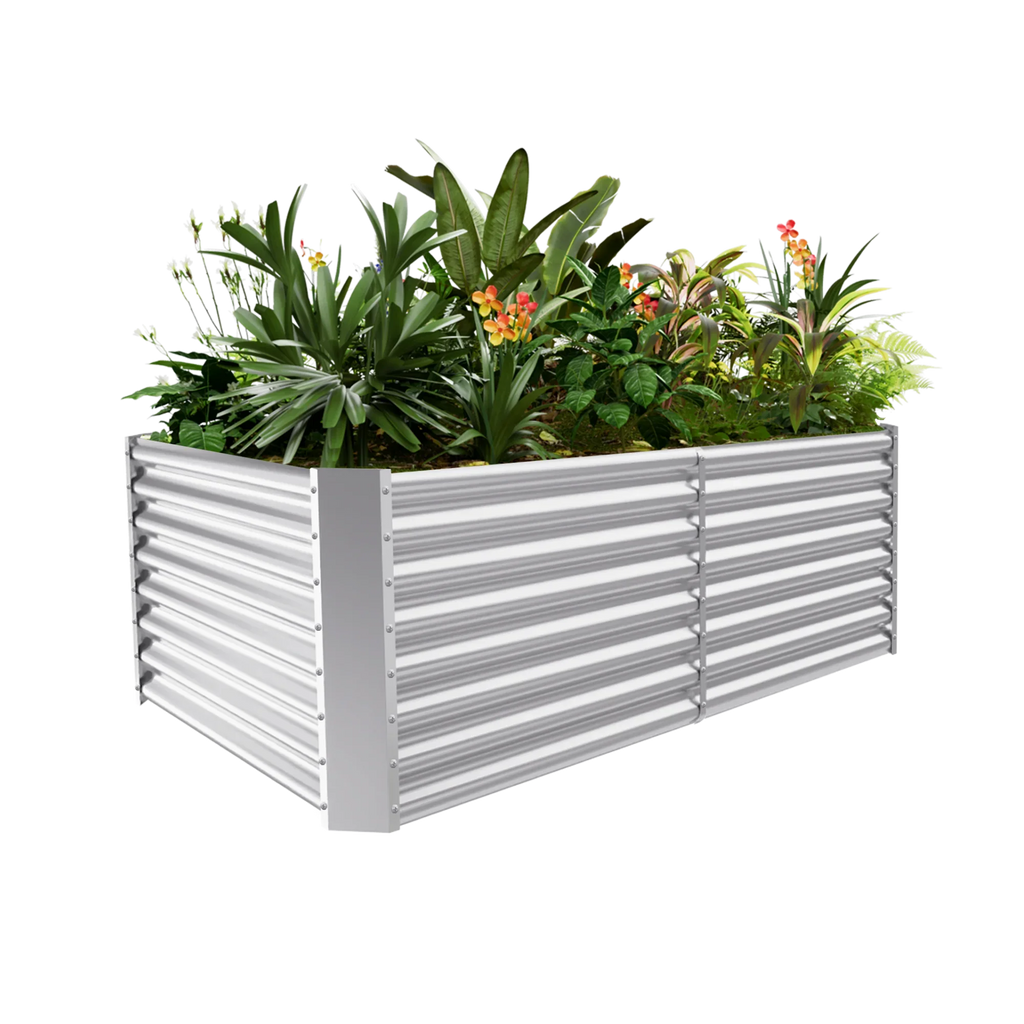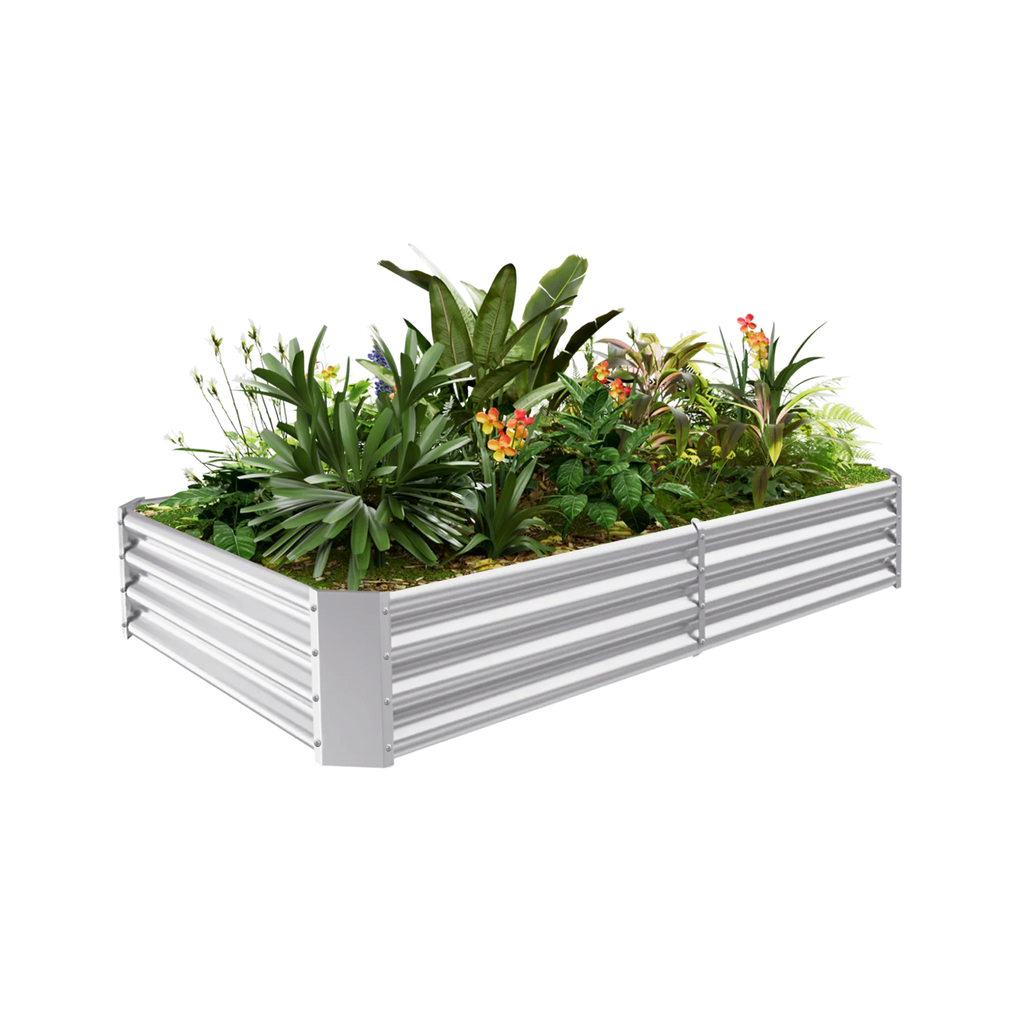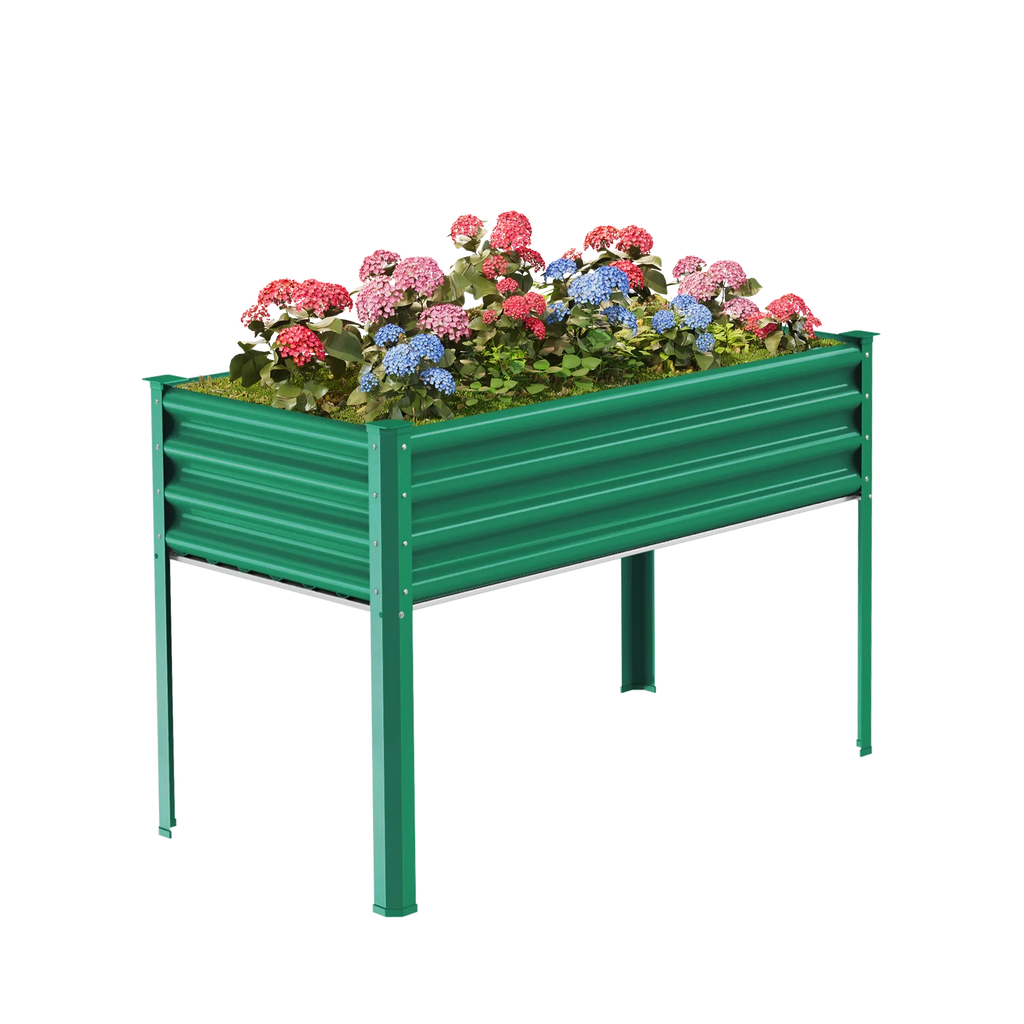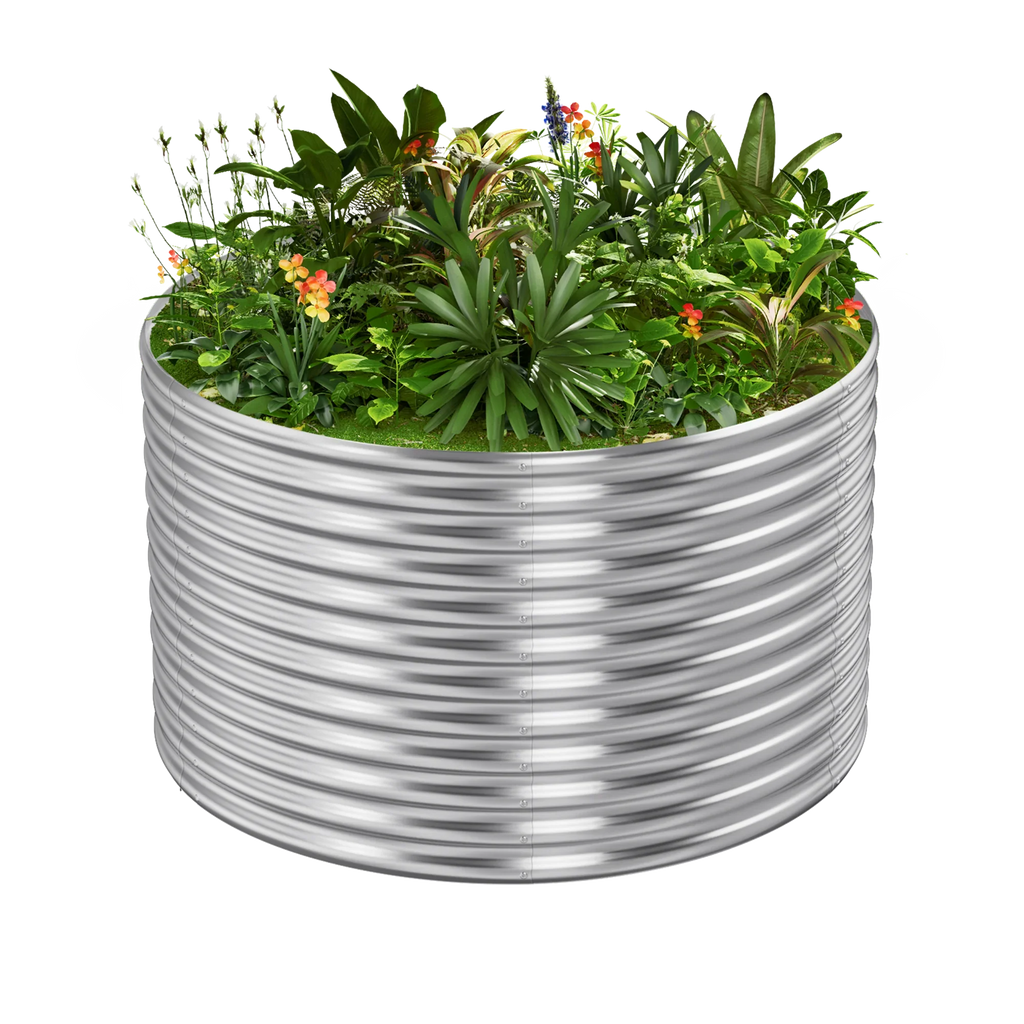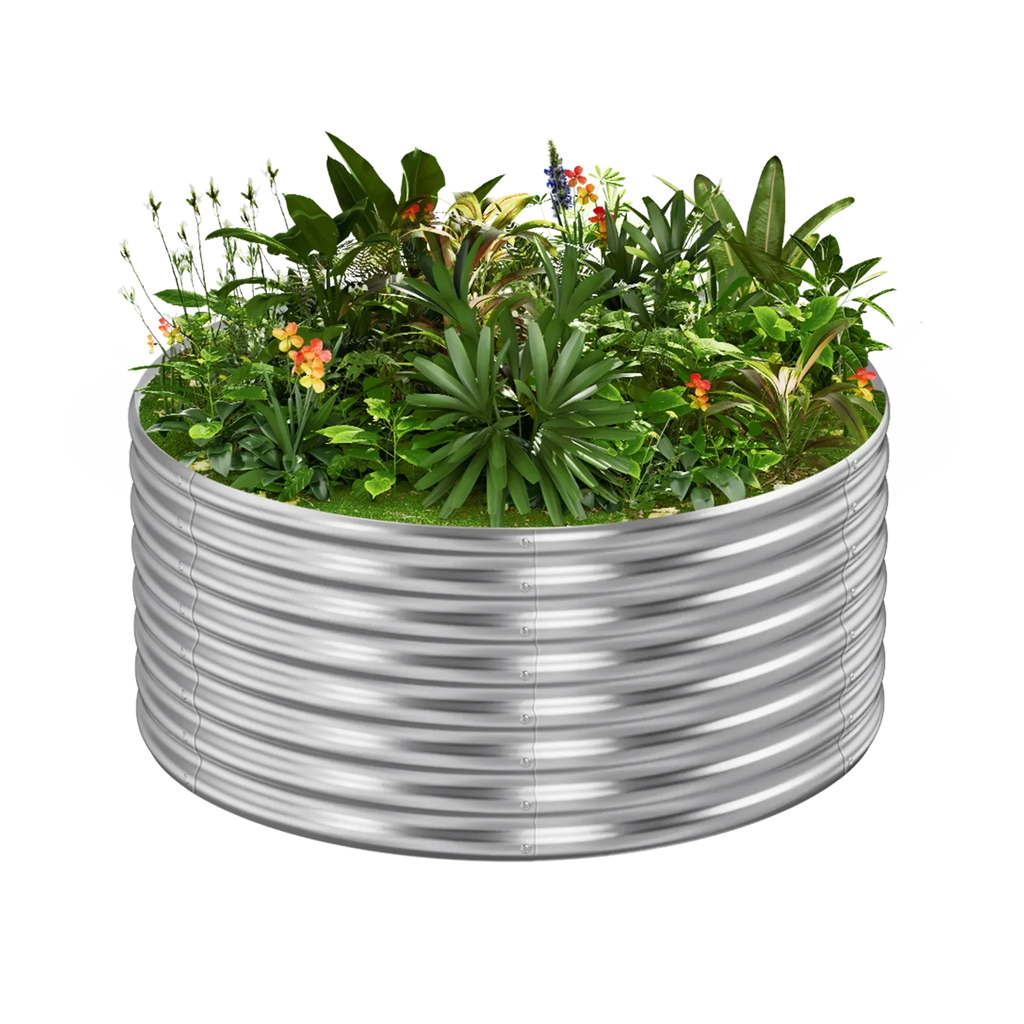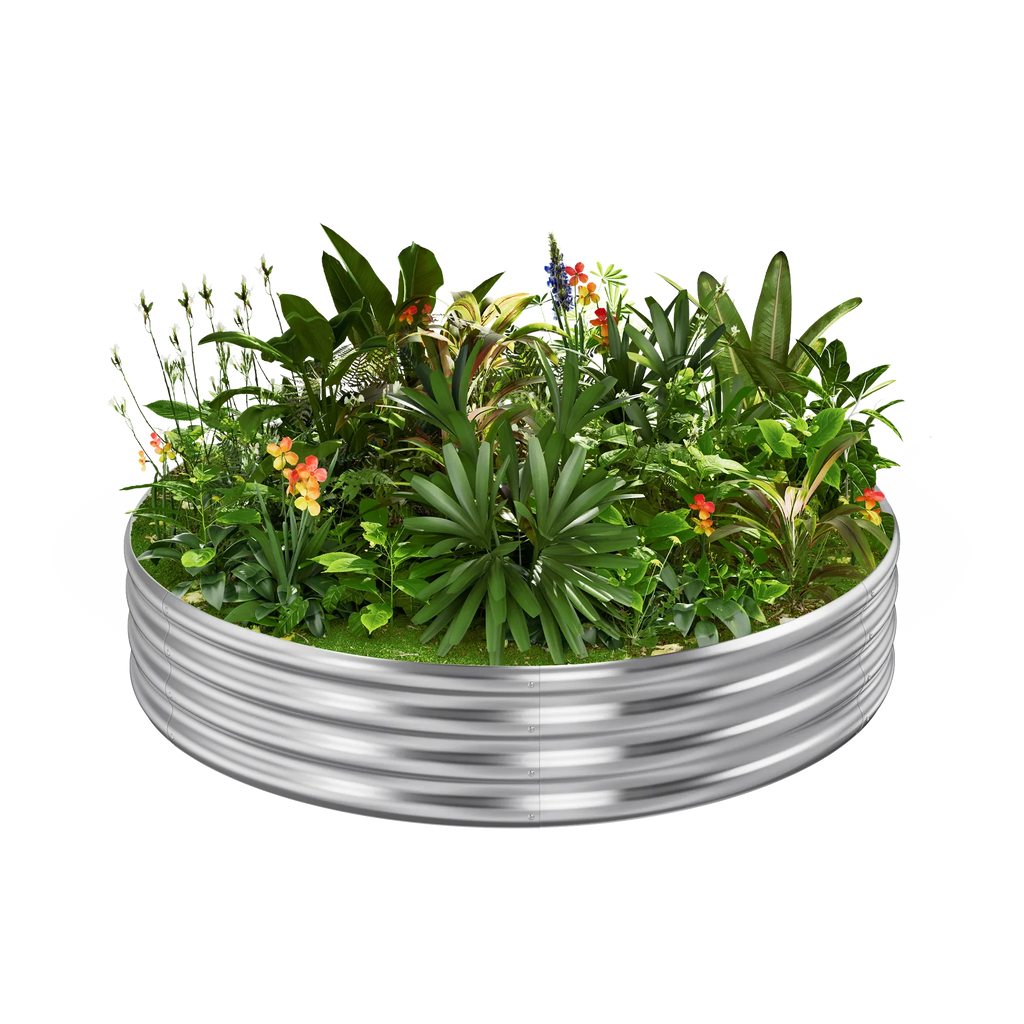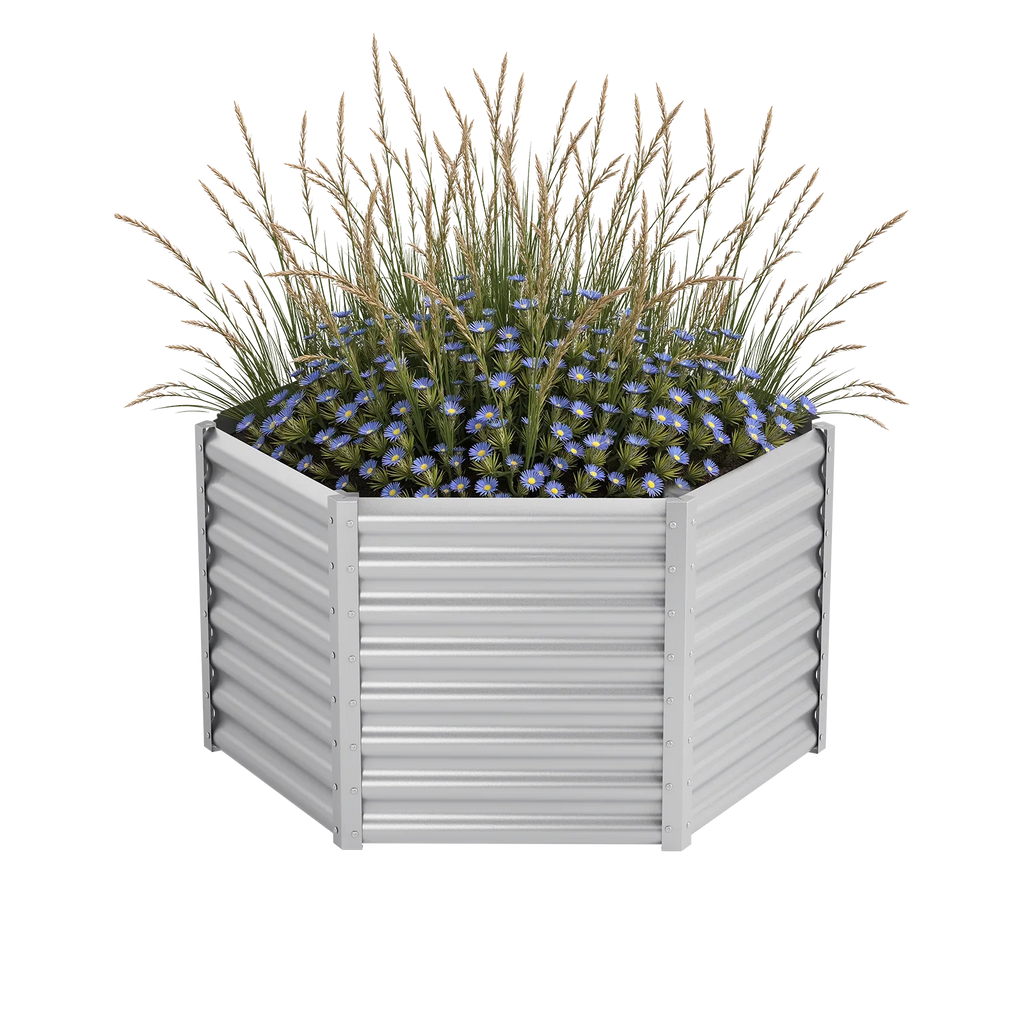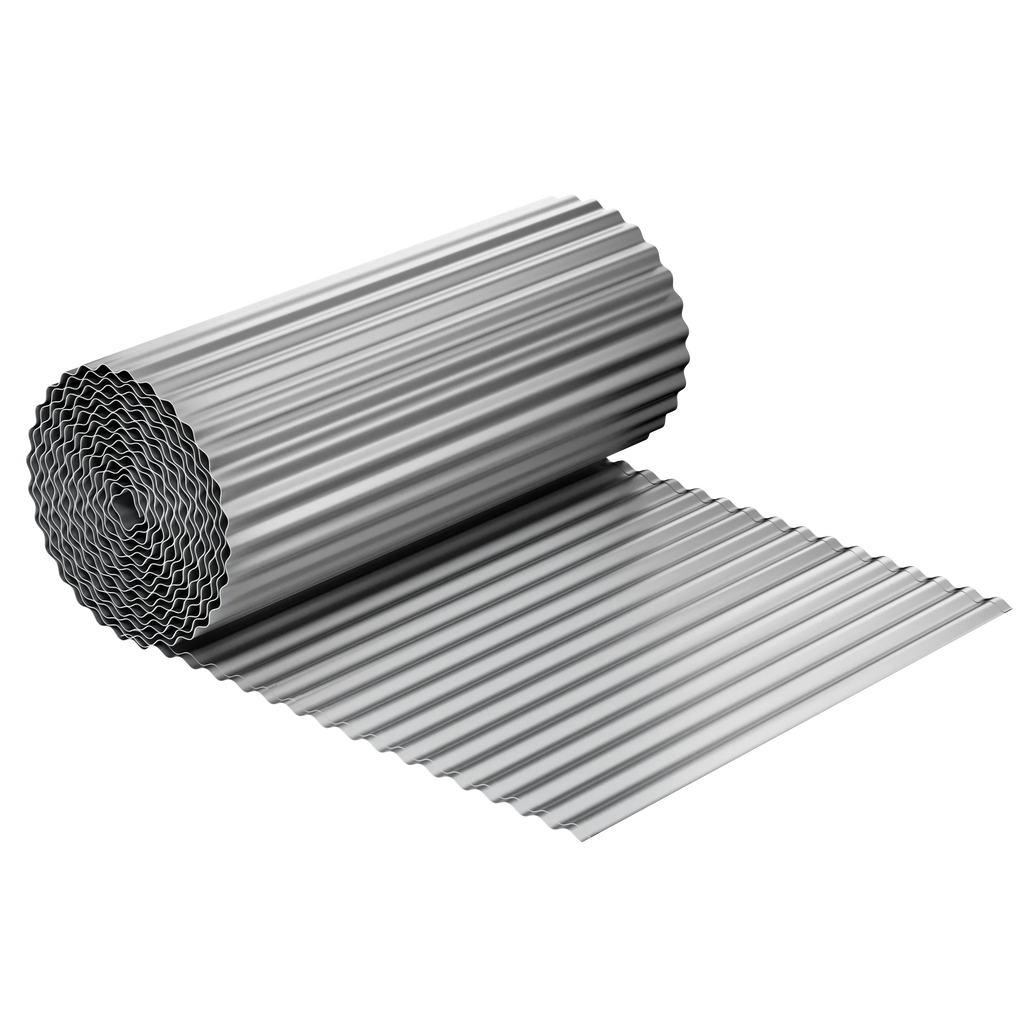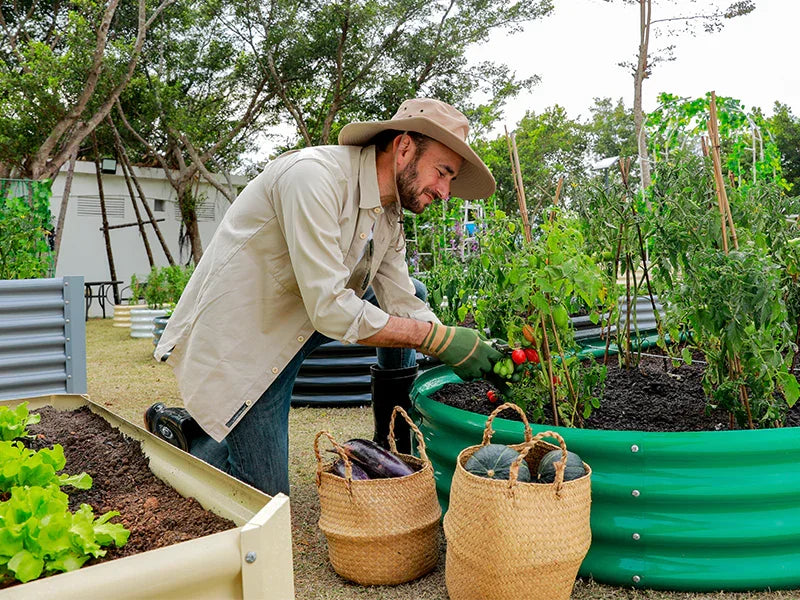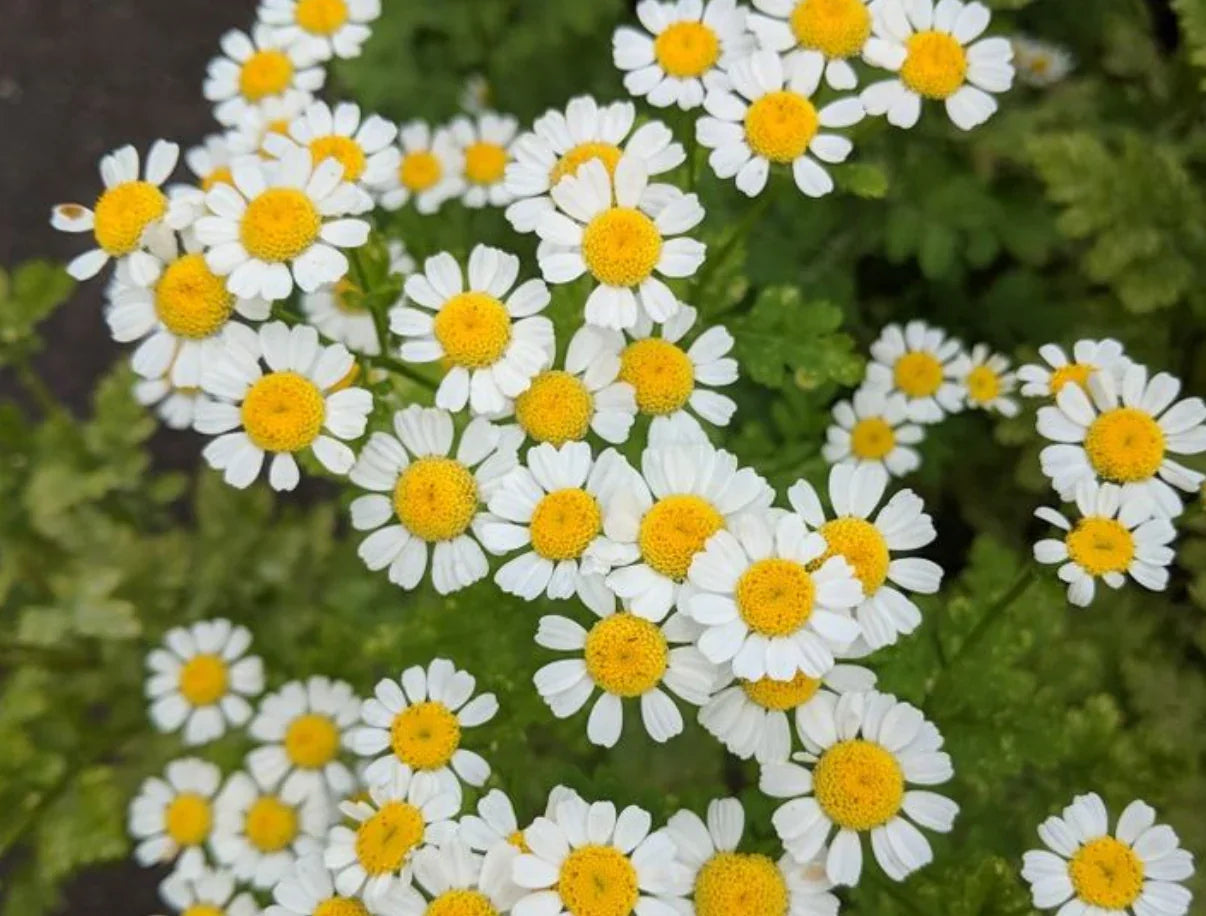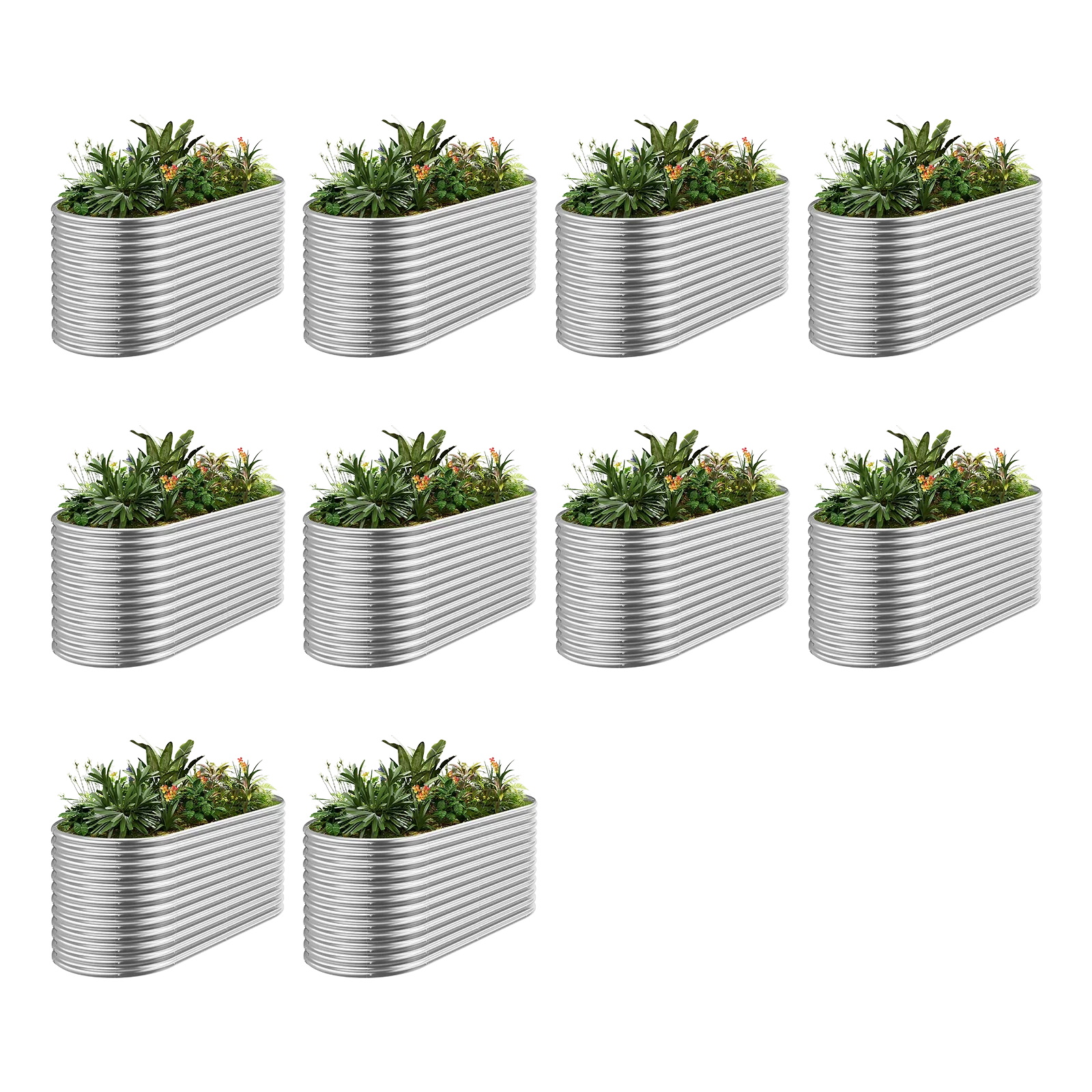Tulips are the stars of spring, bursting with color and elegance in gardens across the U.S. Designing the perfect garden bed for tulip blooms can transform your outdoor space into a vibrant showcase. Whether you’re working with traditional garden beds or opting for raised garden beds, a little planning goes a long way. Here’s how to create an ideal setup for tulips, from choosing the right beds to planting and maintaining these iconic flowers.
Why Tulips Thrive in Well-Designed Garden Beds
Tulips are beloved for their bold hues—reds, yellows, pinks, and purples—and their ability to signal spring’s arrival. They’re hardy enough for climates from California to Michigan, but they demand specific conditions to shine. Garden beds offer a controlled environment to meet their needs: well-drained soil, full sun, and protection from excess moisture. Raised garden beds, in particular, elevate tulip care by improving drainage and making maintenance easier, ensuring your blooms dazzle every season.
Selecting the Best Garden Beds for Tulips
The foundation of a tulip-friendly garden starts with the right beds. Traditional in-ground garden beds work well in spacious yards, but raised garden beds are a game-changer for many gardeners. Their elevated structure prevents waterlogging—a tulip’s worst enemy—and lets you customize soil perfectly. Aim for beds 12–18 inches deep to accommodate tulip bulbs, which need 6–8 inches of soil above them. Rectangular raised garden beds suit long rows of tulips, while circular ones create a stunning focal point. Place your garden beds in a spot with 6–8 hours of daily sunlight, and you’re off to a great start.
Preparing Your Garden Beds for Tulip Success
Tulips need well-drained, fertile soil to thrive, so prepping your garden beds is key. For raised garden beds, mix equal parts topsoil, compost, and sand or gravel to ensure drainage—tulips hate soggy roots. Aim for a pH of 6.0–7.0; a simple soil test kit can confirm this. Loosen the soil to 12–15 inches deep, removing rocks or clumps, and work in organic matter like compost for nutrients. In raised garden beds, this tailored mix stays loose and airy, giving tulip bulbs the perfect home to grow strong and healthy.
Planting Tulips in Your Garden Beds
Timing is critical for tulip planting. In most U.S. regions, late fall (October to November) is ideal, allowing bulbs to establish roots before winter. Plant when soil temperatures drop below 60°F but before the ground freezes—perfect for states like Ohio or Oregon.
· How to Plant: Dig holes or trenches in your garden beds 6–8 inches deep. Place bulbs pointy-side up, 4–6 inches apart, and cover with soil. In raised garden beds, you can plant slightly closer for a denser display.
· Variety Tips: Mix early-blooming tulips (like Kaufmanniana) with late bloomers (like Darwin Hybrids) for extended color.
Water lightly after planting to settle the soil, then let nature take over until spring.
Caring for Tulip Blooms in Garden Beds
Tulips are low-maintenance once planted, but a few care steps ensure a spectacular show. In spring, water your garden beds sparingly—about 1 inch per week—since tulips dislike wet feet. Raised garden beds dry out faster, so check soil moisture in warmer areas like Texas. Fertilize lightly with a balanced 10-10-10 mix when shoots emerge, but avoid overfeeding. After blooming, let foliage yellow and die back naturally to feed next year’s bulbs—easy to manage in tidy raised garden beds. Watch for pests like voles; a layer of gravel in the bed can deter them.
Designing a Stunning Tulip Display with Garden Beds
Garden beds let you get creative with tulip arrangements. In raised garden beds, plant tulips in bold blocks of color—reds in one section, yellows in another—for a dramatic effect. Pair them with companions like daffodils or pansies to extend the season and add texture. A circular garden bed filled with layered tulip varieties can anchor your yard, while rectangular beds along a walkway create a floral corridor. This flexibility turns your garden beds into a canvas for spring beauty, tailored to your style.
The Advantages of Raised Garden Beds for Tulips
Raised garden beds are a tulip gardener’s secret weapon. They warm up quicker in spring, coaxing bulbs to sprout earlier—ideal for cooler climates like Minnesota. Their superior drainage prevents bulb rot, a common issue in soggy soils, and their height makes planting and upkeep a breeze. For urban gardeners in cities like Seattle or Denver, raised garden beds turn small spaces—patios, rooftops—into tulip havens. Across the U.S., they offer control and convenience for picture-perfect blooms.
Overcoming Common Tulip Challenges in Garden Beds
Tulips face a few hurdles, but smart garden bed design helps. Poor drainage can rot bulbs—raised garden beds solve this with their airy soil mix. In hot southern states like Georgia, chilling bulbs in the fridge for 6–8 weeks before planting mimics a cold winter. If tulips fade after a year (common with some hybrids), replant fresh bulbs annually in your garden beds for consistent color. These tweaks keep your tulip haven thriving season after season.






